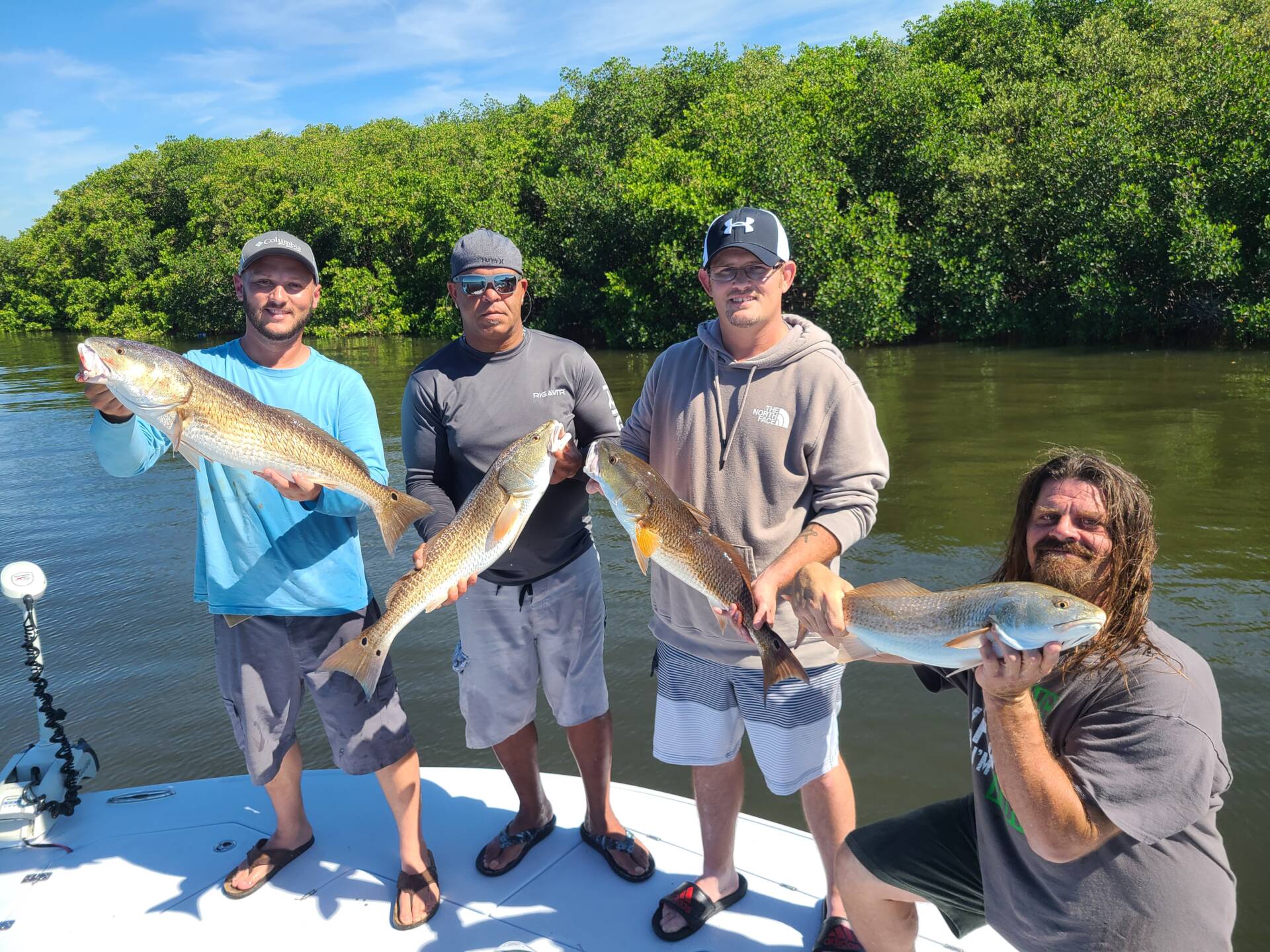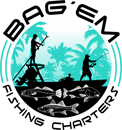Last Updated on August 8, 2025 by Eric
Tampa Bay is one of the largest estuaries in the state of Florida and host to some of the best fishing the state has to offer. We have certainly had our struggles with seagrass loss and habitat destruction, along with a few major red tide events over the past five years. One of the major factors in my area was the construction of the new Howard Frankland Bridge. The disruption of the bottom sediment was a major hit to the quality of the water and a significant factor in the loss of seagrass. Fishing pressure and the effects from these environmental disasters have greatly affected fish populations. Well, I am excited to see that things are turning around for Tampa Bay.
Over the past several years, places that used to hold countless fish were completely devoid of life, especially when it came to trout. This past winter there was an unexpected explosion in trout numbers, not only in my area but throughout the entire bay. We had multiple days when more than 50 trout came to the boat. There have also been countless smaller trout, which is a great sign of things to come. To me, a healthy trout population is a better indicator of the health of an estuary than snook or redfish numbers. Trout are far more sensitive to environmental conditions than those other two species, except for snook, when it comes to extreme water temperatures.
Redfish and snook are also rebounding extremely well. I expect this fall to bring one of the best bites we have seen in years. Much of this is due to the seagrass making a strong comeback. I believe the two major hurricanes that moved through the area had a big impact on the bay, essentially flushing the upper bay and creating a more suitable environment for grass to grow. I wondered if the rhizomes, the root systems for the grass, were still intact. This spring and summer, we have seen much cleaner water, and the grass has been able to spread. There is still a long way to go, but the progress is encouraging.
Here are some of the things I have been seeing that lead me to believe we are on the right track. Obviously, there is more seagrass than in the past few years, but what has me really excited is what the seagrass is attracting, sheltering, and feeding. There have been more mullet in my area than in all the past few years combined. Mullet are a critical species, and a lot of fish follow them, especially redfish. On the flats, redfish and other species will stay close to larger schools of mature mullet. Part of the reason is safety, but another reason is the food source. The mullet themselves are prey, and they also disturb small organisms in the grass, making them easy targets for redfish, trout, and snook. Jacks, ladyfish, tarpon, and even catfish take advantage of this as well. As much as we may dislike catching catfish, they are an important part of the ecosystem, and without them the system would collapse.
Baitfish populations have been incredible this year. With more seagrass, there has been an increase in whitebait and pinfish on the flats. In the colder months, when bait moves off the flats, the bridges have been holding massive amounts of bait. At times, it seemed you could walk from one side of the bay to the other across the tightly packed schools under the bridges. While I am seeing all the usual things in my net when catching bait, there have also been some exciting additions. Over the past few months, I have been seeing more tiny creatures caught up in the seagrass and drift algae, including shrimp and brine shrimp. Nearly every cast produces them, which makes me optimistic for a great fall and winter for tailing redfish.
Other small marine life has also been showing up in healthy numbers, including snails, mollusks, pipefish, needlefish, baby catfish, seahorses, and multiple species of shrimp and crabs. It is basically a smorgasbord for redfish. I remember filleting a redfish as a kid and finding 29 pipefish in its stomach. Mud crabs and countless tiny fish species are also being netted. There is truth to the saying “elephants eat peanuts,” and redfish and trout truly do feed on these small, often unseen creatures. With this abundance of food, I believe predators will once again make upper Tampa Bay their home. The food supply is now there to keep them in place.
Hopefully, environmental conservation groups will take on more habitat restoration projects in our area and help push this recovery even further. If you are interested in booking a charter, please give me a call at 407-977-7650.


